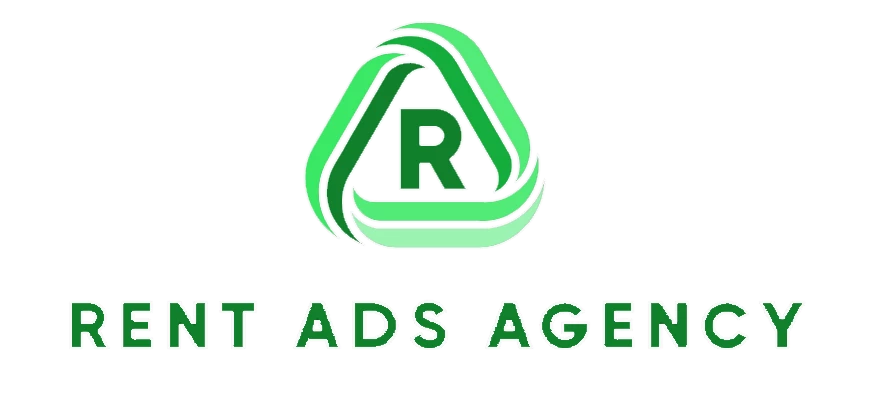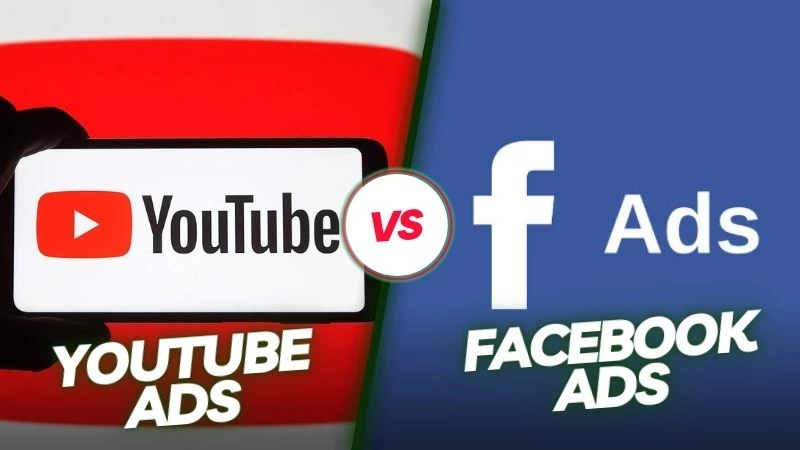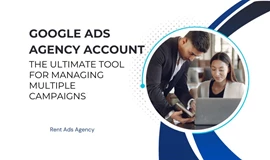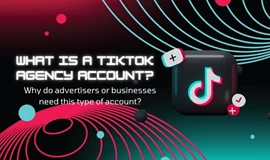With over 3 billion combined users, YouTube and Facebook present enormous yet widely differentiated opportunities for businesses to engage audiences with video and display advertising. But determining which platform best suits your brand requires closely weighing specialized strengths against budget and campaign goals. Just as their targeted ad formats and content style capabilities continue evolving in a social video marketing arms race, so do their distinct pros, cons, metrics, and ideal use cases remain in flux. This comprehensive guide sets out to provide clarity so you can optimize your ad dollars accordingly. By scrutinizing disparate audience insights, creative testing nuances, performance reporting, pricing models and more, we aim to crystallize the ideal video promo mix between the internet titans so your brand messaging wins big on both fronts.
Introduction to YouTube Ads And Facebook Ads
About YouTube Ads
YouTube ads refer to video promotions embedded on the streaming platform, its apps, and the vast Google Display Network of partner websites. As a Google-owned property, YouTube interconnects with extensive user data tracking across Google services to enable pinpoint ad targeting.
Brands can display in-stream video advertisements preceding or during YouTube video content in several flexible formats. By leveraging insights from audience search histories, demographics, past YouTube viewership, and more, ads target those most likely to engage each unique promotion based on affinity with its subject matter, products shown, or other attributes. Appearing adjacent to videos matching the ad's context keeps it relevant and non-disruptive.
YouTube provides robust analytics on viewing time, completion rates, interactions, audience retention and more to optimize video creative and placements. With over 2 billion monthly logged-in visitors, the platform offers brands enviable possibilities to drive awareness and considerations through targeted video storytelling matched precisely to different consumer interests.
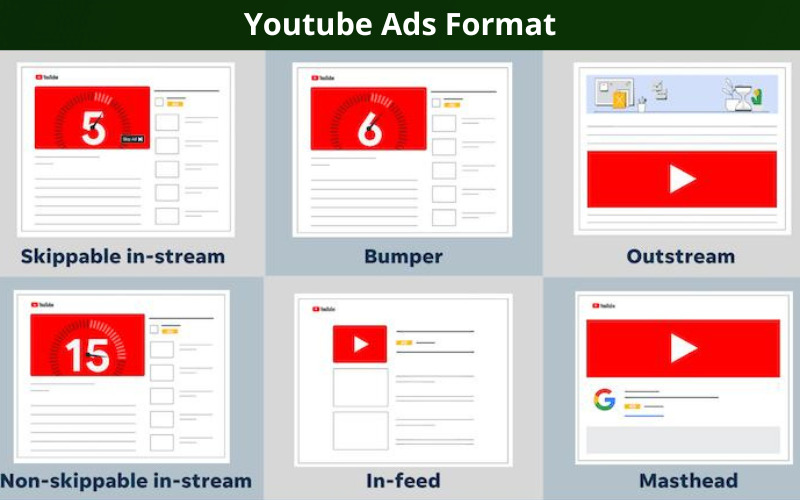
About Facebook Ads
Facebook ads refer to paid promotional spots that appear within Facebook's News Feed, Messenger platform, Instagram feeds, Stories features and across its audience network on third-party apps and websites. As the world's largest social media platform, Facebook enables extreme segmentation of target audiences to serve ads to the most relevant potential customers based on interests, behaviors, demographics and more.
Brands can publish Facebook ads in a wide variety of formats - single image, video, carousels, collections, canvas, polls and more. Each ad unit provides specialized objectives from video views to lead generation to sales conversions. Customizable budgeting and billing options add flexibility based on campaign goals like cost-per-click or impressions while robust analytics provide key performance indicators around reach, engagement and ROI.
With over 3.7 billion monthly active people on Facebook alone, the advertising platform presents tremendous scale for brands. Combined with the granular targeting and creative testing functionalities powered by Meta, businesses can cost-effectively connect video and display messaging to micro-niche or broad swaths of receptive audiences.
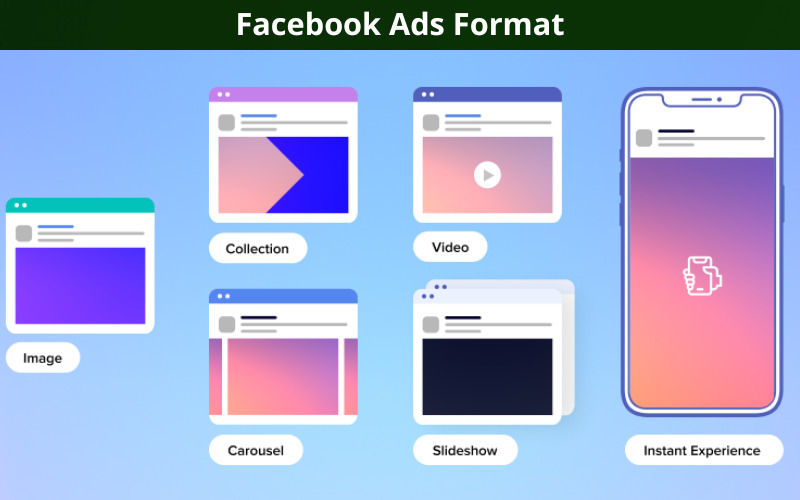
Reach and Audience Targeting
With its unrivaled user base, Facebook conquers absolute reach numbers to drive mass awareness. But YouTube counters by offering actively viewing audiences who intentionally engage with video content more receptive to promotions.
- Facebook: 2.9+ billion monthly users provides sheer scale but not guaranteed relevant viewers.
- YouTube: Over 2 billion logged-in monthly visitors choose to watch specific video topics indicating engaged targeting groups.
Surgical Consumer Insight vs. Video-Context Relevance
Facebook’s holistic personal data allows creating precise consumer lifestyle profiles based on demographics, behaviors, interests beyond content.
YouTube relies more on search queries, watch history and video placements so ads remain contextual to content viewer is already interested in.
In essence, Facebook is the reach leader capable of surgical ad targeting while YouTube counters with video-focused relevancy to intensely interested niches—both valuable capabilities.
Ad Formats and Creativity
YouTube and Facebook provide diverse video and display ad options to meet any creative marketing need:
YouTube Caters to Video Storytelling
- TrueView In-Stream: Hook viewers before they can skip with captivating 5-second opening sequences
- Video Discovery: Use eye-catching thumbnail and title pairings readers click through to full video
- Six-Second Non-Skippable YouTube Bumper ads: Deliver quick memorable messages and calls-to-action
Facebook Presents Multimedia Creative Canvas
- Image Ads: Pair high-quality photos with brief effective text prominently placed in feeds
- Video Ads: Showcase products, customer stories or brand glimpses through short video formats
- Carousel Ads: Engage users by swiping through a series of images or videos to display offerings
Both platforms offer templates and best practices to optimize video and display ads. Marketers can further boost performance through A/B testing different creatives and incorporating emotions, expertise, influencers or user generated content within promotions.
In the end, blending ad formats across YouTube mastery in video and Facebook’s display strengths enables multifaceted storytelling reaching audiences however they prefer to engage.
Cost and ROI
YouTube and Facebook take divergent approaches to ad pricing and value delivery:
YouTube CPV Model Places Premium on Views
Cost structure is based on pay-per-view (CPV) pricing dependent on formats, targeting, and competition levels rather than direct response. CPV for TrueView In-Stream Ads runs $0.10 - $0.30+ per impression.
Facebook Provides More Bidding Flexibility
Advertisers can optimize bids based on cost-per-click (CPC), cost-per-thousand impressions (CPM), or conversion-driven autobidding to meet specific campaign goal milestones.
YouTube ROI Based on Brand Impact vs. Facebook's Direct Response
YouTube aims more for upper-funnel brand awareness tied to view-based metrics while Facebook enables refined optimization tied directly to sales funnels and site conversions.
In essence, YouTube pricing models value views and video watch time metrics while Facebook provides more dynamic ways to value real-world conversions.
Engagement and Brand Awareness
YouTube leans into cultivating engaged communities while Facebook conquers mass reach - blending both amplifies overall impact:
YouTube Fosters Engaged Communities: Immersive video storytelling, interactive elements sparking actions/comments and integrate with channel foster loyalty and relationships.
Facebook Dominates Brand Awareness at Scale: A vast user base coupled with interest-based targeting facilitates flooding relevant feeds with messaging at personalized frequencies.
Strategic Combination Connects Both Worlds: Use YouTube as anchor for invested audiences converted through Facebook feeds. Facebook extends reach exponentially.
In essence, YouTube provides depth of connection once viewers start engaging while Facebook nets the widest brand exposure across demographics. Together they allow honing messages from discovery to consideration in one ecosystem.
The ideal blend utilizes both platforms in harmony based on strengths at different points in the funnel - personalized awareness nurturing community relationships.
Rather than a single “best” platform, optimizing your video ad strategy involves integrating both in a coordinated plan matching specialized strengths to campaign goals. YouTube drives targeted engagement through immersive video formats as Facebook efficiently expands reach. Blendvideo-centric relevancy with broad awareness amplification and value real-world conversions over vanity metrics. Weigh factors from audiences and targeting nuance to costs structures in order to balance the scales for video marketing success across channels.

Mohamed Fouad is a full-stack web developer and an entrepreneur who's really into advertising. He is the CEO of Rent Ads Agency, a company that helps businesses reach more customers through advertising. He graduated from Stanford University in 2018 and has over 4 years of experience in the tech industry.
